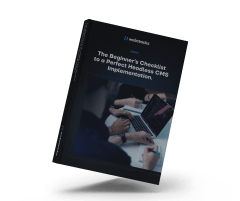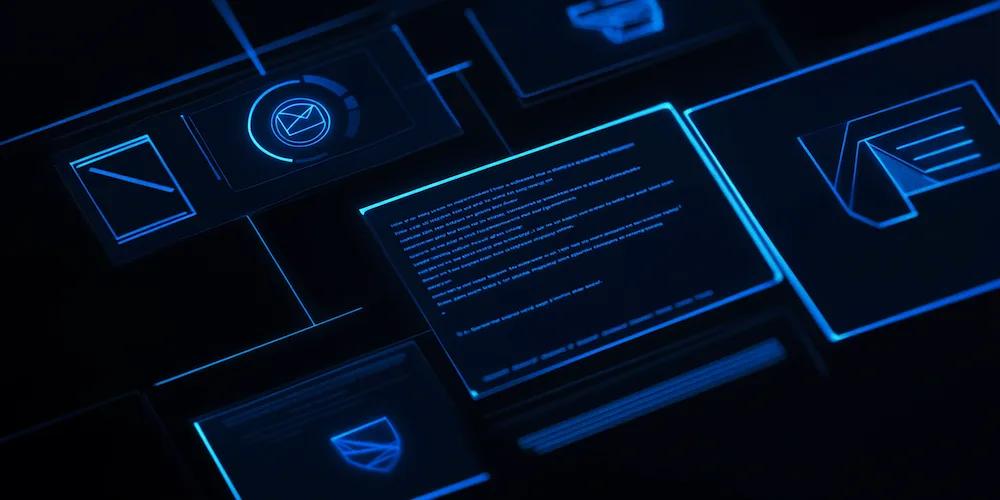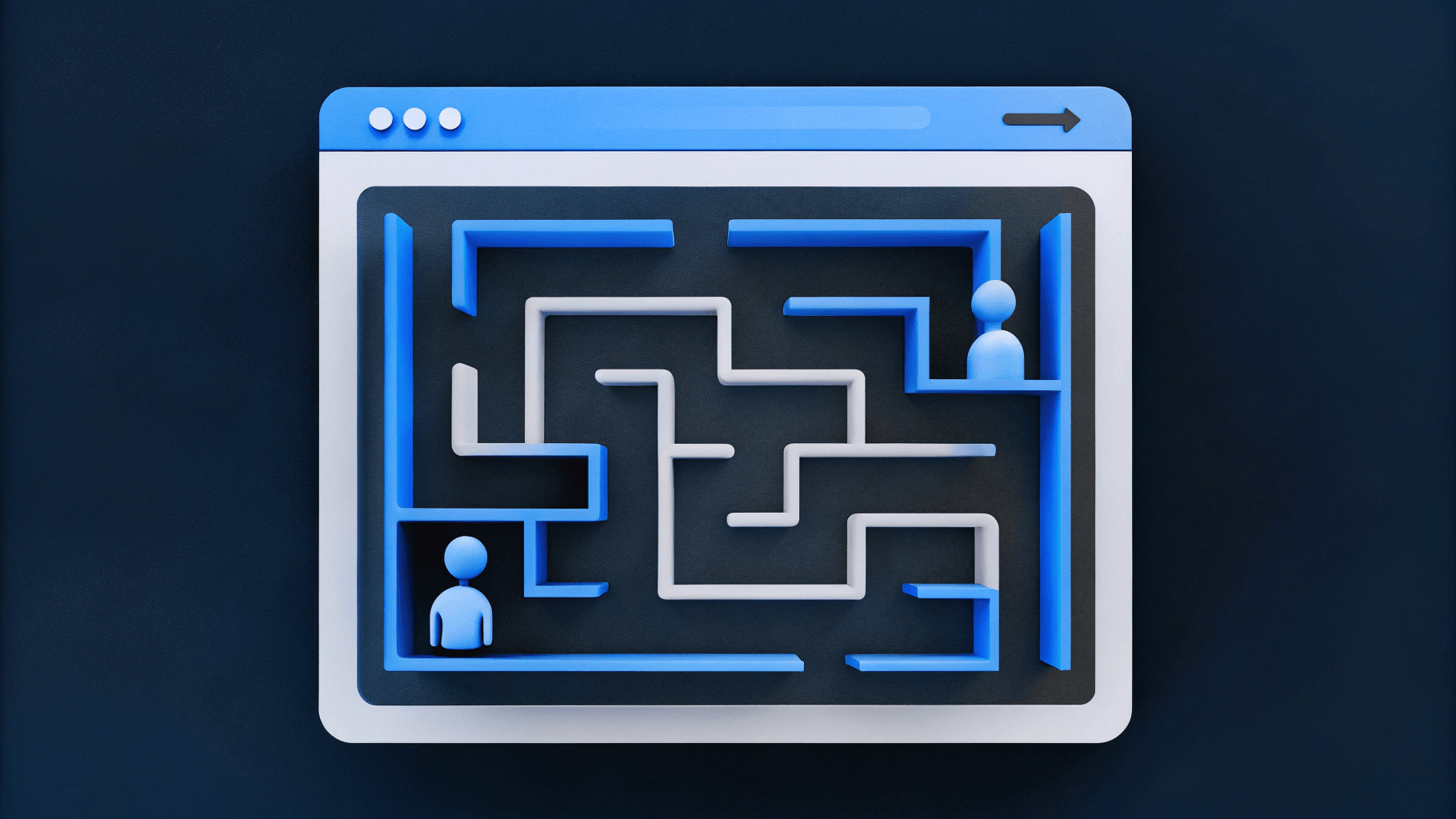Email design plays a huge role in whether your message gets read or ignored. Knowing the types of email designs that work for your audience can help you create emails that result in conversions.
In this article, we’ll cover the different types of email designs, why it's important, and how to put together emails that convert.
What Are the Different Types of Email Designs
Let's break down the main types of email designs and what makes each one effective.
1. Promotional Emails
Promotional emails aim to promote a product, service, or special offer. They often include bold colors, large images, and prominent calls-to-action. These elements grab attention and encourage immediate action. For example, a limited-time discount might feature a bright red button that says "Shop Now."
2. Newsletters
Newsletters are informational emails sent regularly to keep subscribers engaged. They typically have a consistent layout and include a mix of text, images, and links. A good newsletter might feature articles, updates, and links to blog posts, all designed to keep the reader informed and interested.
3. Transactional Emails
Transactional emails get triggered by specific actions, such as a purchase or account update. These emails usually have a simple, straightforward design that focuses on essential information. For instance, a purchase confirmation email will include details like the items bought, the total cost, and the expected delivery date.
4. Announcement Emails
Announcement emails share important news or updates with subscribers. They often feature a clean, minimalistic design to ensure the message is clear. An example might be an email announcing a new product launch, using a simple layout with a headline, a brief description, and a link to learn more.

What Are 6 Key Elements of Effective Email Design?
Your marketing campaigns hinge on getting these elements right. Let's break down what you need to focus on.
1. A Good Subject Line
Your subject line serves as the first impression. It needs to grab attention and entice the recipient to open the email. Use concise language and make it relevant to the content inside.
Avoid clickbait; instead, offer a glimpse of the value the email provides. Personalization can also boost open rates, so consider including the recipient's name or a relevant detail.
2. A Responsive Layout
With so many people checking emails on their phones, a responsive layout is non-negotiable. Your email should automatically adjust to different screen sizes, ensuring it looks good on desktops, tablets, and smartphones.
Use a single-column layout for simplicity and make sure images and text scale appropriately. You can use various email automation tools for that. Test your design on multiple devices to confirm it works everywhere.
3. Easy-to-Read Text
Organize your content with a clear hierarchy. Use headings, subheadings, and bullet points to break up text and make it easy to scan. Choose a readable font size and style, and maintain consistent spacing.
Highlight key points with bold text or different colors, but avoid overloading the reader with too many styles. The goal is to guide the reader's eye through the content naturally.
3. Good Images
Images can enhance your message but should never distract from it. Use high-quality images that are relevant to the content.
Avoid stock photos that look generic or staged. Instead, opt for images that add value, such as product photos, infographics, or user-generated content. Ensure images load quickly and include alt text for accessibility and better email performance.
4. Calls-to-Action
Your call-to-action (CTA) is the most important part of your email. Make it stand out with a contrasting color and place it where it’s easily noticeable.
Use action-oriented language that tells the recipient exactly what to do, like "Shop Now," "Learn More," or "Sign Up." Keep it short and to the point. Multiple CTAs can be confusing, so focus on one primary action per email.
5. Consistent Branding
Consistency in branding builds trust and recognition. Use your brand’s colors, fonts, and logo in every email. This creates a cohesive experience and makes your emails instantly recognizable.
Stick to a consistent tone of voice that aligns with your brand's personality. This uniformity helps reinforce your brand identity and makes your emails feel professional.
6. The Correct Footer
A well-designed footer is more than just a legal requirement; it’s a chance to provide useful information. Include an unsubscribe link to comply with regulations and give recipients control over their subscriptions.
Add your contact information, such as an email address or phone number, to make it easy for recipients to reach you. You can also include links to your social media profiles and other relevant resources. This transparency builds trust and keeps your email compliant with anti-spam laws.
How to Create an Email Design That Converts?
You’re not just sending emails—you’re crafting a strategy to drive results. Here’s how to make each email count.
1. Define Your Goal
Start by determining the purpose of your email. Are you promoting a new product, sharing a blog post, or announcing an event?
Knowing your goal helps shape the content and design. Decide what action you want the recipient to take. This could be clicking a link, making a purchase, or signing up for a webinar. A clear goal keeps your email focused and effective.
2. Know Your Audience
Understanding your audience is key to creating relevant and engaging emails. Consider their preferences, behaviors, and needs for the ultimate content workflows. Use data from past campaigns, surveys, and customer feedback to tailor your content.
For example, if your audience prefers visual content, include more images and videos. If they value detailed information, provide in-depth articles or guides. Personalizing your emails based on audience insights increases the chances of engagement.
3. Choose a Responsive Template
Select a template that adapts to different screen sizes and devices. A responsive design ensures your email looks great whether opened on a desktop, tablet, or smartphone.
Test your template across various devices to check for consistency. A responsive template improves readability and user experience, making it easier for recipients to engage with your content.
4. Use a Clear Hierarchy
Organize your content with a clear hierarchy to make it easy to scan. Use headings, subheadings, and bullet points to break up text. Start with the most important information at the top, followed by supporting details.
This structure guides the reader's eye through the email, ensuring they see the key points even if they skim. A clear hierarchy helps convey your message effectively and keeps the reader engaged.
5. Optimize Your Call-to-Action
Your call-to-action (CTA) is the most important part of your email marketing tools and strategies. Make it prominent, descriptive, and easy to click. Use a contrasting color for the CTA button to make it stand out.
The text should be action-oriented, such as "Buy Now," "Learn More," or "Sign Up." Place the CTA in a logical spot where the reader is likely to click, such as after a compelling piece of content. A well-optimized CTA drives conversions by making the next step clear and enticing.
6. Test and Refine
Before sending your email to your entire list, send test emails to check how they look and function. Review the design on different devices and email clients to ensure consistency. Pay attention to load times, image rendering, and link functionality. Use A/B testing to compare different versions of your email and see which performs better.
Collect data on open rates, click-through rates, and conversions to measure and improve your website's ROI. Use this feedback to make improvements and refine your design. Testing and refining help you create emails that not only look good but also achieve your goals.

5 Professional Email Design Tips to Boost Engagement
You’re always looking for ways to make your emails more effective. Here are some tips to go an extra mile.
1. Keep It Simple
Avoid clutter and focus on the essential elements of your message. A clean design helps your main points stand out. Use short paragraphs, bullet points, and straightforward language. This approach makes your email easy to read and understand.
The goal is to communicate your message quickly and clearly without overwhelming the reader. Simplicity ensures that your key points don't get lost in a sea of unnecessary information.
2. Remember White Space
Give your content room to breathe and make it easier for recipients to focus on key points. White space, or negative space, refers to the empty areas around your text and images. It helps create a balanced and organized layout.
By spacing out your content, you make it more digestible and visually appealing. White space guides the reader's eye through the email, highlighting important sections and reducing cognitive load. This makes your email more inviting and easier to navigate.
3. Prioritize Mobile-Friendliness
Ensure your emails look great and are easy to interact with on mobile devices. With a significant portion of users checking emails on their phones, mobile optimization is non-negotiable for mobile marketing.
Use a responsive design that adapts to various screen sizes. Keep your layout simple and single-column to avoid horizontal scrolling. Make buttons large enough to tap easily and ensure text is readable without zooming in.
Test your emails on different devices to confirm they function well across all platforms. Prioritizing mobile-friendliness enhances user experience and increases engagement.
4. Personalize Your Content
Use dynamic content and segmentation to create targeted, relevant emails for each recipient.
Personalization goes beyond just using the recipient's name on the landing page. Segment your audience based on demographics, behavior, or past interactions. Tailor your content to address their specific needs and interests.
Dynamic content allows you to show different information to different segments within the same email. For example, you can recommend products based on previous purchases or show location-specific offers.
5. Experiment with Interactivity
Incorporate interactive elements like hover effects, animations, or embedded surveys to engage subscribers. Interactive emails create a more engaging experience and encourage recipients to interact with your content.
Use hover effects to reveal additional information or animations to draw attention to key elements.
Embed surveys or polls to gather feedback and make your emails more participatory. Interactive elements not only make your emails more fun but also increase engagement and time spent on your email.
Experiment with different types of interactivity to see what resonates best with your audience.
Why Should You Care About Effective Email Design?
As someone responsible for your company's email campaigns, you know that engagement is everything. But what makes an email truly engaging?
Increased Engagement
Well-designed emails capture attention and encourage recipients to read and interact with the content. When you use eye-catching visuals and a clear layout, you make it easier for readers to focus on your message.
Engaging elements like images, videos, and interactive content can hold the reader's interest longer. This engagement leads to higher open rates and more time spent on your email, increasing the likelihood of achieving your email's goal.
Boosted Click-Through Rates
Strategically placed calls-to-action (CTAs) and compelling visuals can lead to more clicks and conversions. A well-designed email guides the reader's eye to the CTA, making it easy to take the next step.
Whether it's a "Shop Now" button or a link to a blog post, a clear and prominent CTA increases the chances of the reader clicking through. The combination of attractive design and clear direction helps drive more traffic to your website or landing page. .
Better Brand Recognition
Consistent branding across emails helps build trust and familiarity with subscribers. Using your brand's colors, fonts, and logo in every email reinforces your brand identity. Over time, subscribers recognize your emails at a glance, which can lead to higher open rates.
Consistency in design also conveys professionalism, making your brand appear reliable and trustworthy. This recognition builds a stronger relationship with your audience, making them more likely to engage with your content.
Improved User Experience
A clean, easy-to-navigate design makes it simple for recipients to find the information they need. When your email is well-organized, readers can quickly scan and locate key points. This ease of navigation reduces frustration and increases the likelihood that they will read through the entire email.
Elements like clear headings, bullet points, and ample white space contribute to a better user experience. A positive experience that comes from a good UX design keeps subscribers coming back, improving overall engagement and conversion rates.
How Does Email Design Impact Conversion Rates?
The design of an email plays a huge role in its ability to convert subscribers into customers.
When you design an email for CRO marketing, you guide the recipient's eye toward the most important elements, like the call-to-action (CTA). This guidance helps ensure that the reader knows exactly what action to take next, whether it's clicking a link, making a purchase, or signing up for an event.
Visually appealing emails are more likely to be shared. When your email looks good and is easy to read, recipients are more inclined to forward it to friends or share it on social media. This increases the reach of your email, giving it more opportunities to convert new customers. The more people see your email, the higher the potential for conversions.
On the flip side, poor email design can lead to confusion and frustration. If your email is cluttered, hard to read, or lacks a clear CTA, recipients may not know what to do next. This confusion can result in a lack of engagement, with readers quickly closing or deleting the email. When recipients can't easily find the information they need or understand the next steps, your conversion rates will suffer.
A well-designed email also builds trust. Consistent branding and a professional look make your emails feel reliable. When subscribers trust your emails, they are more likely to engage with your content and take the desired actions. Trust is a key factor in converting subscribers into loyal customers.

Is Investing in Professional Email Design Worth It?
Investing in professional email design can transform your email marketing efforts. When your emails look polished and professional, they immediately capture attention. This visual appeal can make the difference between your email being opened or ignored. In a crowded inbox, a well-designed email stands out, increasing the chances that your message gets read.
Building trust with your audience is another key benefit. Consistent, high-quality design across your emails reinforces your brand identity. When subscribers recognize your emails and associate them with positive experiences, they are more likely to engage. Trust leads to higher open rates and more interactions, driving better overall campaign performance.
The ultimate goal of email marketing is to convert subscribers into customers. A professional design can guide recipients through your email seamlessly, highlighting key messages and calls-to-action. Clear, visually appealing emails make it easy for readers to understand your offer and take the desired action. This streamlined experience boosts conversion rates and maximizes the return on your marketing efforts.
While the initial cost of professional email design might seem high, the long-term benefits justify the investment. Effective design can lead to higher engagement, better brand recognition, and increased conversions. These improvements can result in significant revenue growth over time, making the upfront cost a worthwhile expenditure.
See the Webstacks difference: Schedule a brief discovery call today. Discover how we can help you create scalable, high-performance web solutions that drive value. Visit Webstacks to get started.




